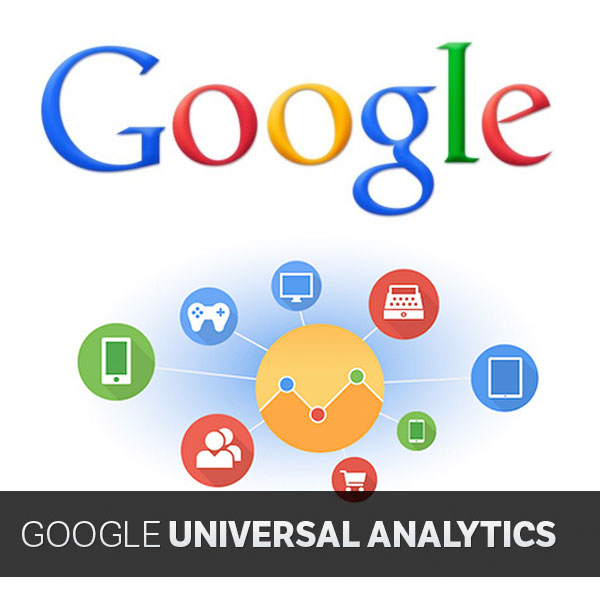By Kelly Borth, Chief Strategy Officer at GREENCREST

You have a website. You’re active on social media. You advertise. You develop public relations campaigns. You dispatch a sales team. However, all of your marketing efforts are meaningless unless you know what’s working and what’s not. It’s important to measure and evaluate performance across every marketing channel.
The Evolution of Business and Technology
When it comes to measuring the effectiveness of your website about 80% of tracked websites use Google Analytics. Historically, Google Analytics primarily focused on website tracking. However, as technology has rapidly progressed, consumers and businesses have evolved as well. There are multiple devices—computer, tablets, smartphones and game consoles—to engage with brands. To add to the clutter, companies are active on social media, advertise online and have mobile apps, call centers, elaborate customer databases and inventory, POS and CRM systems to store various types of information and generate reports.
In response, Google adapted the way its analytics work in order to allow businesses to understand how customers are moving across different devices and using different digital touch points to interact with a business. The result is Universal Analytics.
A New Way to Observe Customers Across Digital Touch Points
Google Universal Analytics is shaping the future of digital marketing measurement as it moves toward user-based tracking. Today different devices, or “properties” are given a specific tracking ID to distinguish where traffic is coming from and pinpoint how one customer has moved across different devices when interacting with your brand. So you might see that a customer discovered your website through a search on their tablet, engaged with you on social media from their smart phone and then made a purchase on your e-commerce site from their desktop. This holistic view provides a better understanding of your ROI for different types of digital marketing activities.
There’s also a new measurement protocol that allows you to send data into Universal Analytics from any Internet-connected system. If you’ve been looking for ways to get outside data from another system into Google Analytics, this offers a solution. You can now send data from your call center, your POS system or any other device into Google Analytics. You also now have more control over the settings and have the option to create custom dimensions and metrics. These new changes allow for better business planning, adaption and infrastructure. It allows concrete data and statistics to become a core part of your organization to help you make better business decisions and measure the impact of your marketing and advertising.
Change is a Good Thing
Newly established Google Analytics accounts will now use Universal Analytics by default. Google will phase out support for “Classic Analytics” over the next couple of years with any existing accounts automatically switching over to Universal Analytics.
If you have a highly customized Google Analytics account but don’t have a dedicated Google Analytics support team, it’s recommended to engage the help of a Google Certified Partner when making the switch.
Google Universal Analytics is just one of the available platforms that provides multiple system integration. When you use these types of integrated platforms to view all of your data in one place, you will, no doubt, realize improved efficiency and campaign performance.
From Smart Business.

